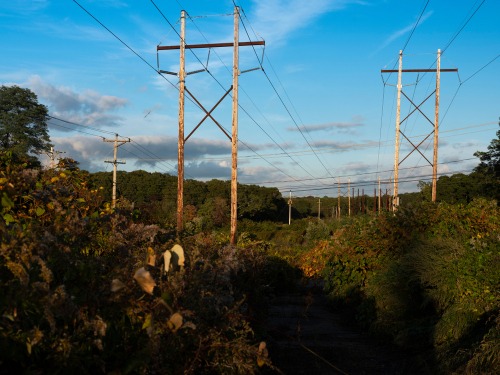Pacific Gas & Electric takes steps to improve enhanced vegetation management

The California Public Utilities Commission (CPUC) passed a resolution proposing to place Pacific Gas and Electric Company (PG&E) into step one of the Enhanced Oversight and Enforcement program established last year.
In the resolution, CPUC cited shortcomings in the company’s 2020 Enhanced Vegetation Management. The first step directs PG&E to submit a corrective action plan and progress reports to the CPUC. PG&E officials acknowledged that CPUC’s findings about the Enhanced Vegetation Management program are consistent with concerns raised in prior reports from CPUC and the Federal Monitor.
“We continue to take this feedback seriously. We have already implemented improvements to this program and will continue to do so as outlined in our 2021 Wildfire Mitigation Plan (WMP),” officials said. “We will promptly prepare the corrective action plan to address the issues in the draft resolution, with clear timelines and commitments. We are committed to this critical work, and we welcome continued feedback and oversight from the CPUC and other stakeholders as we continue to learn, adapt and strengthen our system for the long term.”
CPUC established this regulatory process as part of its approval of PG&E’s Chapter 11 Plan of Reorganization. This framework was designed to help PG&E meet its safety and operational commitments and correct any issues promptly if they arise.
“We understand that the most important responsibility that we have as a company and as individuals is to keep our customers, communities, and our workforce safe. That is our focus every day, we know we have more to do, and we are committed to doing it the right way,” company officials said in a statement.
Through its Enhanced Vegetation Management program, PG&E inspects approximately 100,000 miles of overhead electric assets at least annually to identify and clear vegetation that might grow or fall into utility equipment. In 2019 and 2020, it inspected and trimmed or removed vegetation on or near more than 4,300 line-miles of distribution lines within HFTDs. In 2021, PG&E will conduct enhanced vegetation management on at least another 1,800 miles of distribution lines as part of a multi-year effort to reduce the risk of vegetation contacting powerlines in the highest-risk areas.
Since receiving feedback last fall from CPUC and the Federal Monitor on the Enhanced Vegetation Management program, PG&E took immediate action to improve. First, the company enhanced its Wildfire Risk Model using machine learning capabilities. It leverages predictive analysis of environmental conditions that can turn a small fire into a major wildfire. The company is also using remote sensing capabilities to understand both the fuel type and conditions that contribute to fire spread in high fire risk areas.
In addition, the WMP has evolved from an activity-based program focused on miles of lines completed for key wildfire safety measures, such as Enhanced Vegetation Management and System Hardening. In 2021, the company moved to a risk-focused program focused on addressing the highest risk areas for mitigation as the top priority, informed by the enhanced predictive wildfire risk models.
Further, PG&E formed a Wildfire Risk Governance Steering Committee — chaired by Chief Risk Officer Sumeet Singh. It includes leaders from Electric Operations, Risk and Internal Audit, and other teams, as well as representatives from the Federal Monitor and Governor’s Office as independent observers. The committee is responsible for approving the selection of Enhanced Vegetation Management work locations and monitoring reporting of work completed to ensure work is aligned with the planned risk reduction.
For 2021, PG&E is adding more than 200 work verification inspectors to perform post-tree work inspections on work performed in High Fire-Threat Districts (HFTDs). The company has also staffed a centralized team of arborists to investigate any concerns or findings raised by the CPUC, Federal Monitor, Operational Observer, or any external stakeholders. Finally, PG&E is implementing a new operating structure that establishes daily operating reviews to improve visibility into all facets of its performance, including safety, quality, and work completion for our wildfire risk reduction programs.
PG&E will respond to CPUC’s draft resolution within 20 days. The commission will then vote on the resolution.
“We welcome the CPUC’s oversight and expertise as we work collectively to protect our customers, communities, and state from wildfire threats and climate change,” PG&E officials said.
